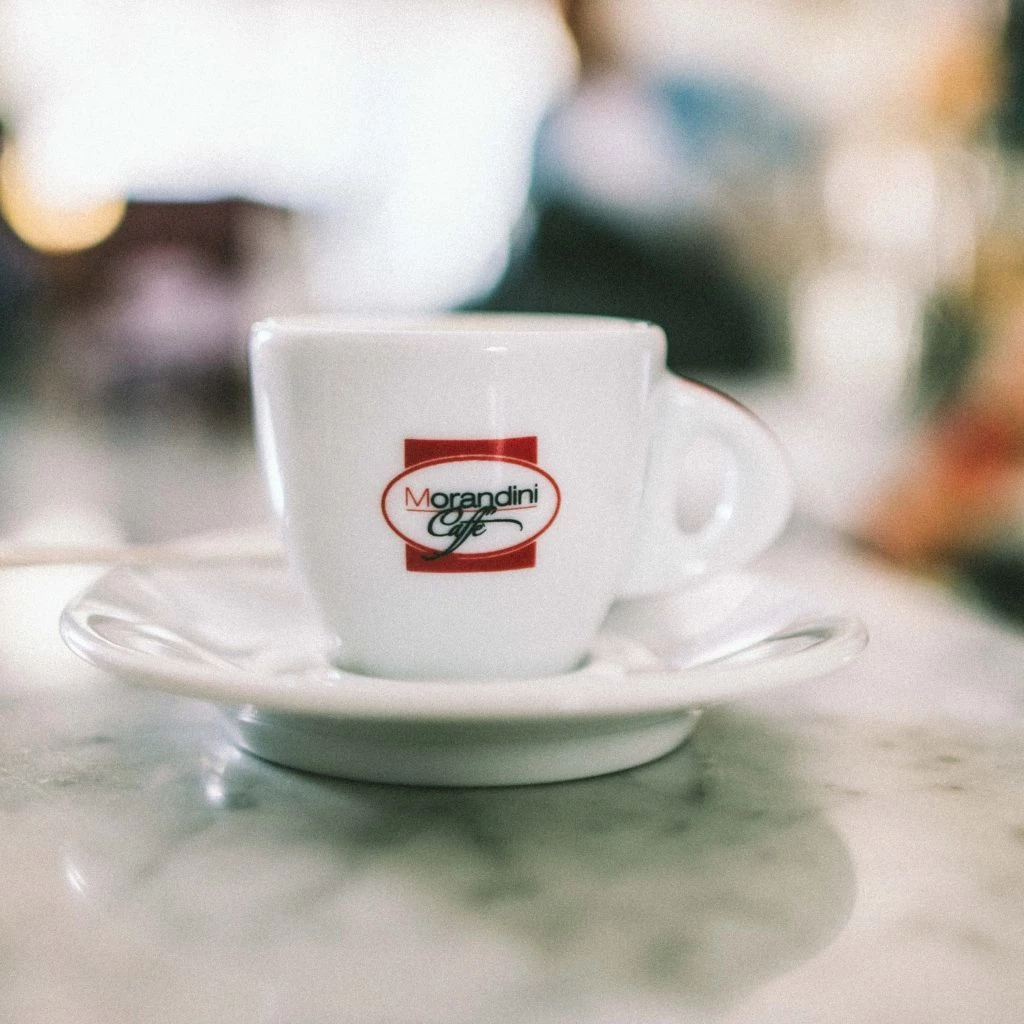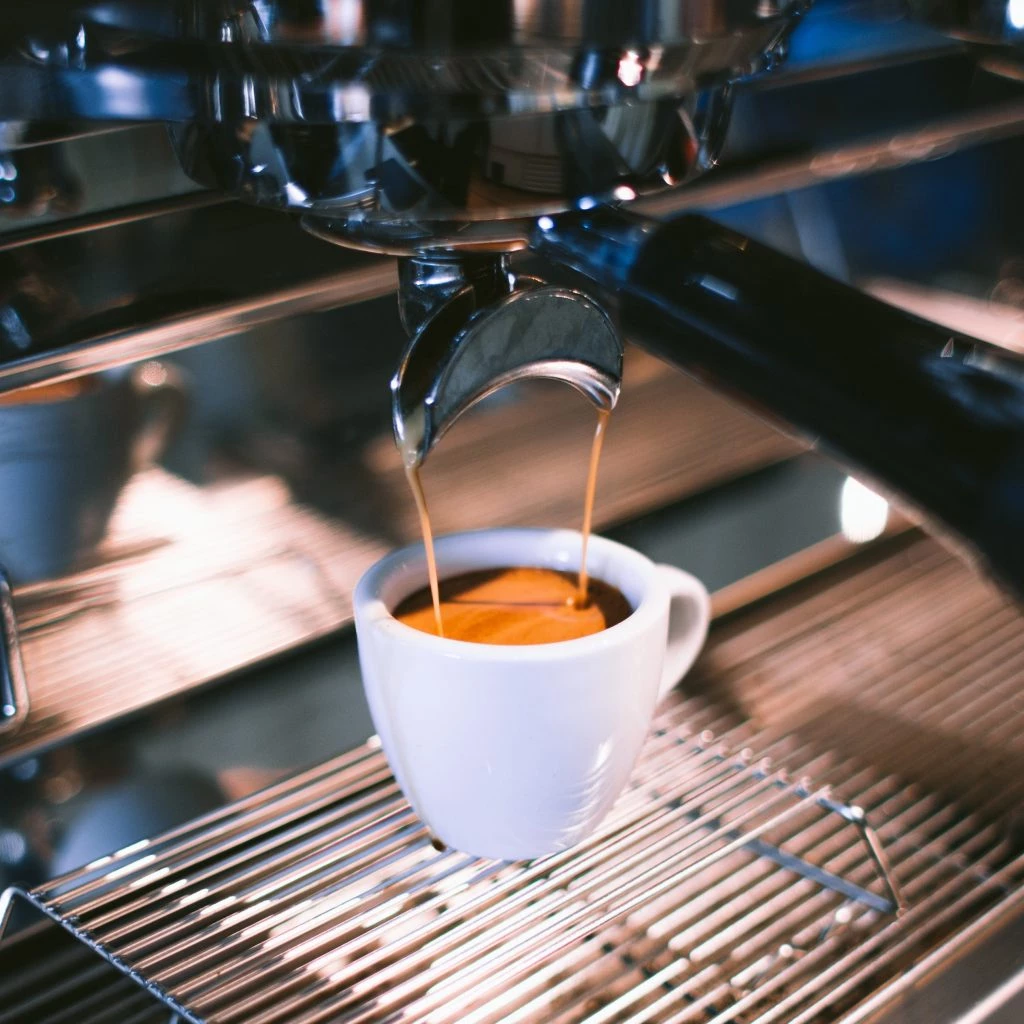
In this article we would like to tell you something about the history and the characteristics of, and also some curiosities about, an everyday object which, perhaps, we don’t know so very well: the tazzina (espresso cup).
Nowadays espresso cups are made of different materials (for example the increasingly widespread use of “cups” made of glass) and they exist in several forms.
But if you want to taste an excellent espresso coffee, even the cup must “follow some rules”.
 Lets take a step back in history.
Lets take a step back in history.
It seems that the word tazza (cup) comes from the Arabic “tassah”, a sort of ancient glass used to serve beverages that started to be used widely in Europe during the time of the Crusades.
The tazzina as we know it nowadays seems to have its roots in 18th-century England. In fact the invention of the espresso cup is accredited to the Englishman Josiah Wedgwood (founder of creamware, an English version of the Italian majolica).
The Italian name tazzina, however, comes from the Italian artist Luigi Tazzini, who created the modern design of the espresso cup and definitively added the handle (between the 19th and 20th centuries).
 Which characteristics must the “perfect” espresso cup have?
Which characteristics must the “perfect” espresso cup have?
First of all the shape and the materials used to create it are crucial: it is important that coffee doesn’t go cold too fast and that its aspect and taste are enhanced.
For these reasons, the professional espresso cup must be made of porcelain, with a truncated cone shape, rounded inside and with an egg-shaped bottom that will assure a more lasting texture of the cream.
Furthermore, the bottom of the tazzina must be thicker than the top, to guarantee heat retention but, at the same time, facilitate an initial reduction of the temperature.
The inner white colour is crucial to create colour contrast that allows the visual evaluation of the coffee and enhances its colour tones.
When espresso coffee is produced using a coffee machine, the tazzina should be pre-heated: this permits the coffee to preserve its organoleptic characteristics, its cream and its colour for longer.
The handle of the espresso cup must favour a comfortable grip, with two fingers, to prevent the middle finger from touching the espresso cup and getting burned.
In short, when we talk about espresso coffee, nothing is left to chance, especially the espresso cup.
Did YOU know the story of the tazzina and its intrinsic characteristics?
Keep you updated with Torrefazione Morandini! Subscribe to our newsletter and follow us on our Facebook, Instagram and LinkedIn pages.